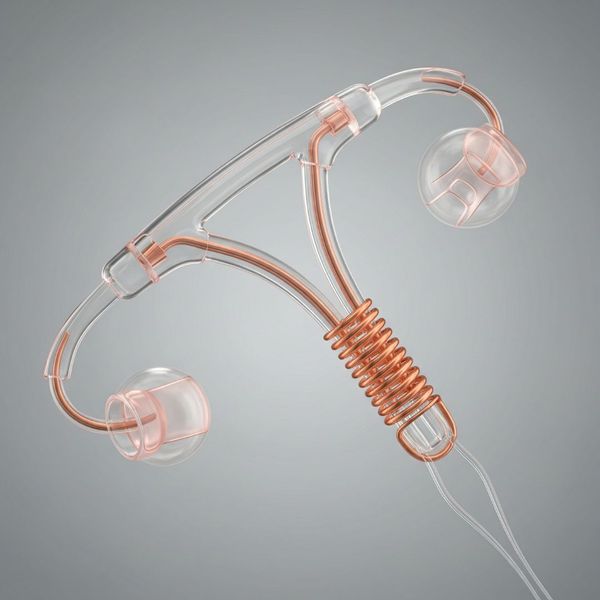At University Park OBGYN, we often have conversations with our patients about the various birth control options available, and one method that frequently comes up is the IUD, or intrauterine device. We understand that choosing the right contraceptive is a very personal decision, and our goal is to provide clear, comprehensive information to help you make an informed choice. IUDs are a highly effective and convenient form of long-term birth control, and we're here to explain how these small but mighty devices work to prevent pregnancy!
How an IUD Works to Prevent Pregnancies

Types of IUDs & Their Core Mechanisms
When we discuss IUD birth control, it's important to recognize that there are two primary types, each with a distinct mechanism of action. The copper IUD, often known by brand names like Paragard, works by releasing copper ions into the uterus. On the other hand, hormonal IUDs, such as Mirena, Kyleena, Liletta, and Skyla, release a progestin hormone directly into the uterus.

How Hormonal IUDs Work In The Body
The genius of hormonal IUD birth control lies in its localized action. By releasing progestin directly into the uterus, these devices primarily impact the reproductive system without significantly affecting the rest of the body. The thickened cervical mucus acts as a barrier, literally blocking sperm from entering the uterus and reaching an egg. The progestin often thins the uterine lining as well, which further contributes to pregnancy prevention.

How A Copper IUD Prevents Pregnancy
The copper IUD is a hormone-free option from our Sarasota gynecologist clinic, which many of our patients appreciate. Its effectiveness stems from the copper itself. When the copper IUD is in place, it continuously releases a small amount of copper into the uterus. This copper creates a localized inflammatory response that is naturally spermicidal, meaning it kills sperm or makes them inactive. It also prevents the egg from being fertilized and, if fertilization somehow occurs, inhibits implantation.

Long-Term Effectiveness & Reversibility
Once IUD birth control is inserted, it can provide continuous birth control for several years, depending on the specific type. This "set it and forget it" aspect is incredibly appealing to many women. Equally important, we emphasize that IUDs are completely reversible. When a patient decides she wants to become pregnant or stop using the IUD, we can easily remove it in our office.
Our deep understanding of how various birth control methods — including IUDs — work to prevent pregnancy allows us to guide you through your choices. Get more information with University Park OBGYN today!
